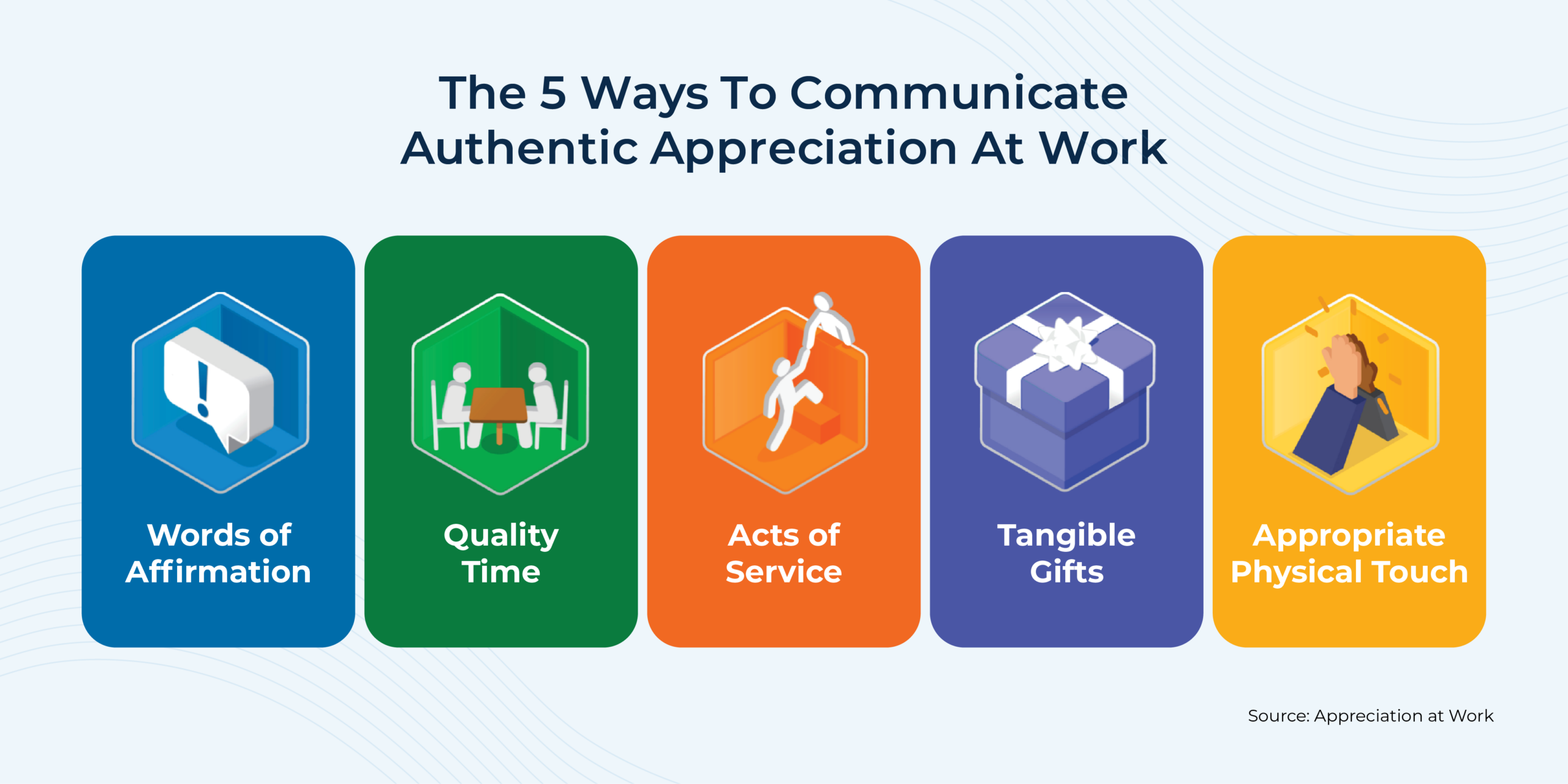While there is a plethora of ways that financial advisory firm owners can build and run their practices (from service models to specialties to fee structures and beyond), one of the most complex activities shared by many growing firms are those that involve hiring, training, managing, and retaining employees. And with the increasing shift to remote and hybrid work in recent years, these skills have become even more important. The reality is that advisory firms that help their employees thrive in these shifting work models will more likely be the ones to attract and retain top talent. In a world where less than a quarter of all employees are estimated to be actively engaged in their work, there is one simple yet highly effective strategy that can dramatically improve both employee satisfaction and business results.
In this guest post, Paul White, co-author of “The 5 Languages of Appreciation in the Workplace”, shares how firm owners can reap tangible benefits by fostering a culture of authentic appreciation, because having employees who feel they are genuinely valued and appreciated will inevitably lead to higher productivity, lower turnover, and higher client (and employee!) satisfaction ratings.
To set the stage, it’s essential to understand what workplace appreciation is and how it’s materially different from employee recognition. As while recognition programs typically aim to incentivize desired employee behavior (e.g., by public acknowledgment of positive employee actions), they are often ‘one-size-fits-all’ efforts that may seem impersonal and contrived. In contrast, genuine appreciation is expressed in a way that is personally meaningful to each recipient and focuses on the contributions that individuals make within the organization… even when they aren’t top performers. Moreover, unlike recognition programs, appreciation doesn’t necessarily take a top-down approach driven by the firm’s hierarchical’ org chart’ but can instead originate (oftentimes preferably) from colleagues as well as superiors.
Genuine appreciation is inherently personal, and not everyone values appreciation in the same way. Accordingly, advisory firms can use a framework to show appreciation based on 5 different ‘languages’ as discussed in “The 5 Languages of Appreciation In The Workplace” by Gary Chapman and Paul White (based on Gary Chapman’s earlier book, “The 5 Love Languages”). For instance, while Words of Affirmation, the most commonly preferred form of appreciation in the workplace, are characterized by positive and encouraging words, Quality Time generally involves meaningful one-on-one time spent with a valued colleague or leader or just simply spending time together in a non-work setting. Acts of Service can involve lending a hand or even dropping off a snack when a colleague is swamped, and Tangible Gifts are personalized offerings that make the receiver feel special. As the 5th language, Appropriate Physical Touch (e.g., a high five, fist bump, or even a literal pat on the back) doesn’t often have a foundational role in most work-based relationships, yet using it to communicate encouragement and appreciation can be valued by some employees. It is crucial to emphasize, though, that the acceptability of interactions involving physical touch is always contingent upon the comfort and consent of the person being touched.
Ultimately, the key point is that advisory firms with team members who feel that they are genuinely valued and appreciated are in a much better position to be successful and to provide outstanding service to their clients. Learning how to express authentic appreciation intentionally, in ways that are meaningful to each individual, is not only the right thing to do in and of itself, but will also help create a healthy workplace and improve a wide array of key performance metrics throughout the business!


